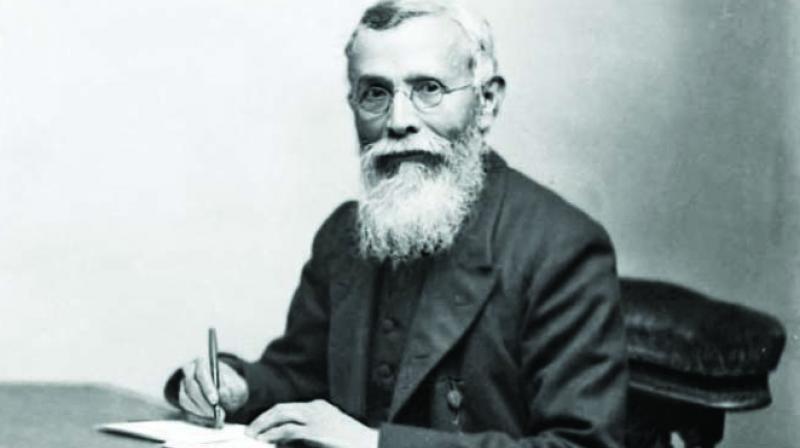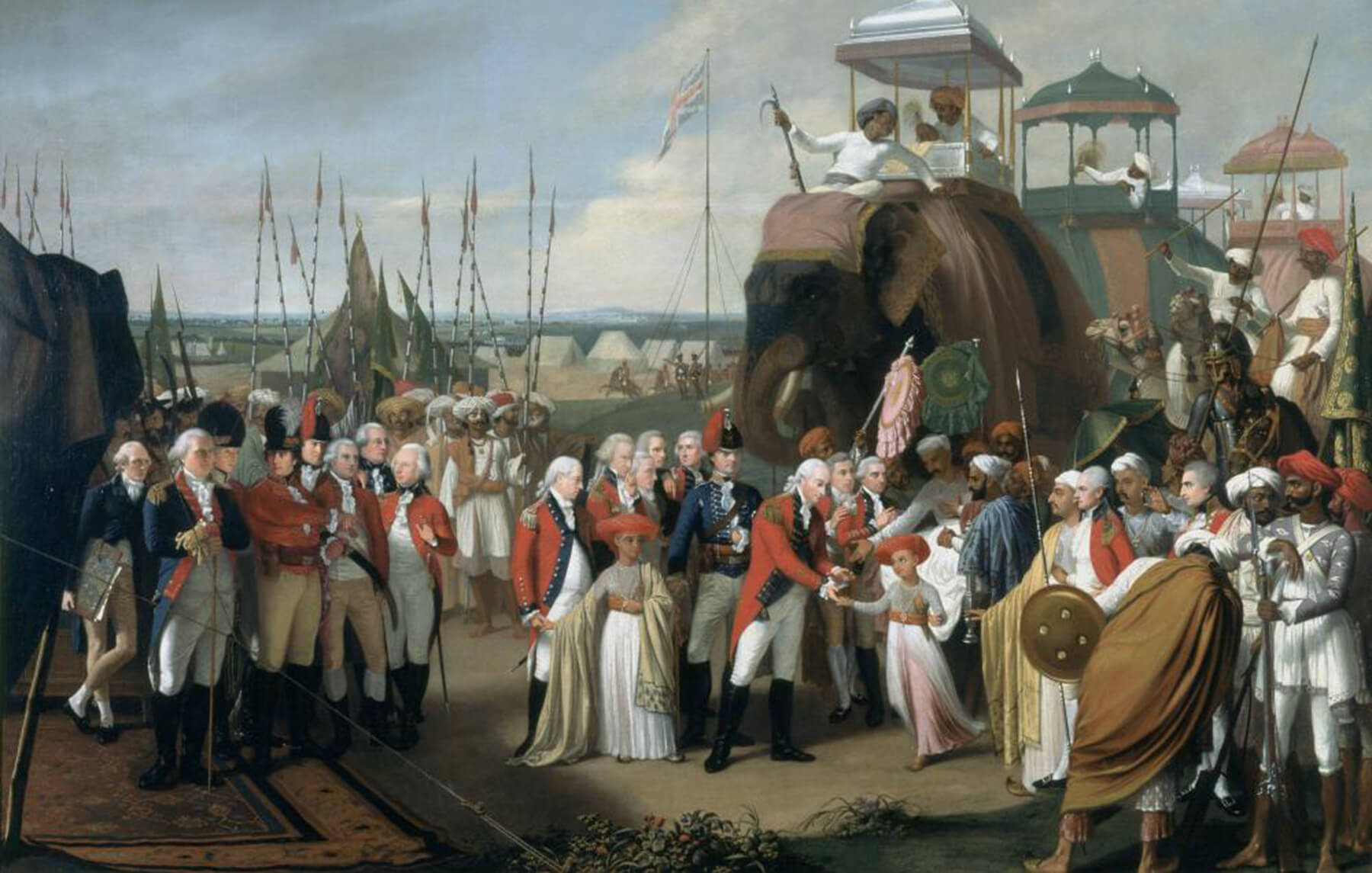Colonialism can be defined as exploitative foreign domination. India’s modern history has been that of prolonged foreign domination. The enlightenment tradition in Europe proved to be a darker phase for India, as it resulted in the colonization of several non-European continents. Colonialism had extensively affected inter-community relations as it fuelled the Hindu-Muslim binary. It followed the proverbial ‘divide and rule’ policy. Colonialism was considered to have had a positive impact on the social system as it supplanted traditionally conservative values with modern scientific values.
Lord Canning on his 30th April 1860 dispatch recommended that the integrity of the States should be preserved by perpetuating the rule of the native Princes while recognizing their power to adopt heirs. Sanad was granted to the rulers to adopt successors according to their customary laws and conventions. However, the Sanad system helped in creating a sort of British paramountcy over the native States. According to the British imperial claim, the Sanad system was to ‘reassure and knit the native sovereigns to the paramount power’.
Colonialism after 1857
The revolt of 1857 also known as ‘the Sepoy mutiny’ gave a severe blow to the East India Company. The British government, under Queen Victoria, decided to take direct control of the British India Company’s ‘possessions’ in India. In 1858, Queen Victoria proclaimed that we desire no extension of our present territorial possession… we shall respect the rights, dignity, and honor of our Native Princes’.
As a part of its attempt to pacify the disgruntled Indian public in general and the Sepoys in particular, the Indian Sepoys were enlisted in the regular service in the British Army. The British Parliamentary Proclamation came to know as the Government of India Act, 1958. From the British’s point of view, the Act was defined as ‘Act for the Good Government of India.’ The residual powers of the Company were now vested in the hands of a Secretary of State for India.
Although, the British Viceroys enjoyed de-facto control over the British India administration. The Indian Civil Services known as the ‘steel frame’ was used to assist the colonial administration. To pacify public sentiment, the Indian Councils Act, 1861, was promulgated to involve Indians in law-making institutions. Accordingly, Lord Canning – the then Viceroy of India – nominated three Indian subjects to his legislative council. It restored legislative powers to presidencies like Bombay and Madras.
Colonialism in the 20th Century (1900-1947)

While the Indians were nominated in the Council and the number of members in the Central Legislative Council was increased from 16 to 60, the Morley-Minto Reforms, 1909 introduced communal representation for Muslims which came to be known as ‘separate electorate.’ The system legalized communal voting and representation in India for which Lord Minto was regarded as the ‘Father of Communal Electorate.’
British administrative designs were meant to weaken the growing resistance from the newly educated middle-class section. The initial days of Congress mobilization centered on social mobilization reformation. The growing poverty and economic crisis which was termed as ‘Drain of Wealth’ by Dadabhai Naoroji subsequently radicalized the nationalist movement in India.
Since the beginning of the 20th century, the idea of boycotting British goods gained momentum which was subsequently popularized by M.K. Gandhi as Swadeshi Movement. Against the backdrop of the passing of the Rowlatt Act, 1919, the nationalist movement got further radicalized because of the growing atrocities of colonial penal codes and policies. The post – 1919 phase witnessed an intensification of an extremist nationalist movement in India under the leadership of Bal Gangadhar Tilak, Lala Lajpat Rai, Bipin Chandra Pal, and Bhagat Singh.
In the early 1920s communist leaning leaders emerged in different regions of India. To name some, S.A. Dange in Bombay, Muzaffar Ahmad in Calcutta, M Singaravelu Chettiar in Madras, and Ghulam Husain in Lahore. M.N. Roy supervised the left-leaning nationalists that led to the formation of the Communist Party of India in 1925. Consequently, trade unionism in India was intensified while the idea of consolidating the working class was beginning to take a deeper shape. For example, the textile mill workers of Bombay and railways workers in Bengal became assertive about their legitimate rights.
It resulted in the growing division within the Indian National Congress which became evident in the Ahmedabad session of 1921. Two communist-leaning leaders like Maulana Hasrat Mohani and Swami Kumaranand started to assert for complete independence of India from the British. In due course of time, the radicalism of communist-leaning leaders influenced the Indian National Congress to adopt the demand for complete independence. There began a crackdown on the communist in India.
The Meerut conspiracy case of 1929 was one such attempt of the colonial power to suppress left politics in India. In 1934, the British empire declared the Communist Party of India as an outlawed organization. The impact of communist assertion was so intense that it bifurcated the Indian National Congress with the formation of the Congress Socialist Party – CSP that attracted the farmers, industrial workers, students and educated middle class in India. In its Lahore session of December 29, 1929, the Indian National Congress resolved to strive for Poorna Swaraj (complete independence).
The decline after Lahore Session
There was no turnback after the Lahore resolution. Gandhi’s non-cooperation and civil disobedience movement attracted the attention of the common masses in India. In the following, the INC observed its first Independence Day on 26 January 1930. In 1942, INC launched the Quit India movement. As a result of the intensified struggle for independence, India’s last Viceroy Lord Mountbatten proposed the June 3 Plan as it announced several schemes that were to lead to withdrawal of the empire.
An Act of the Parliament of the United Kingdom issued the Indian Independence Act in 1947. The Act created two new independent dominions – India and Pakistan, while the native states which were about 565 were left to either join one of the dominions or remain independent.


